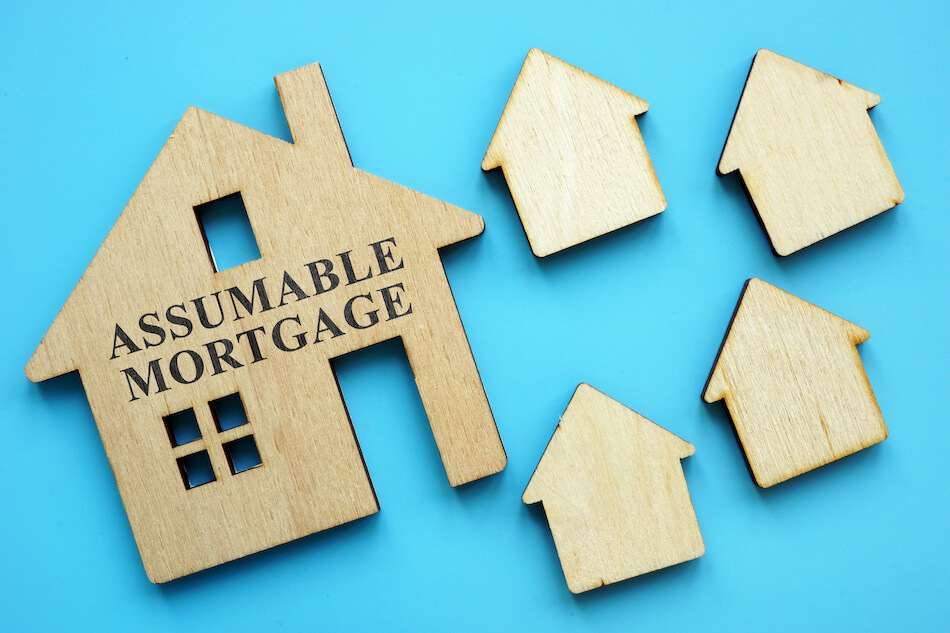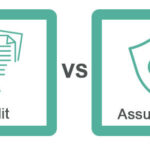Buying a home can be a complicated and expensive process, but an assumable mortgage can make it easier and more affordable. An assumable mortgage is a type of loan that can be transferred from one borrower to another. This can be a great option for the buyer, as they will be able to take advantage of the lower interest rate that was set when the original borrower applied for the loan. This article will explain in detail what an assumable mortgage is, the advantages it offers, and how to qualify for one.
What Types of Mortgages are Assumable?

When it comes to mortgages, an assumable mortgage is a great option to consider if you’re looking for a way to take over a loan from the original borrower. Basically, an assumable mortgage allows you to inherit the property along with the loan and take over the loan payments from the original borrower. This is a great way to save money, as you can often get a lower interest rate than you could find by getting a new loan. There are a few different types of mortgages that are assumable, including FHA, VA, and conventional loans. FHA loans are government-backed loans with lower down payment requirements, making them attractive for first-time homebuyers. VA loans have special benefits for veterans, such as no down payment and more lenient credit requirements. Conventional loans are available to anyone and are usually the most common type of loan. Each type of loan has its own set of criteria, so it’s important to make sure you’re eligible before applying.
Pros and Cons of an Assumable Mortgage

Assumable mortgages can be a great option for those looking for a way to finance their new home. The pros of an assumable mortgage include a lower interest rate than most traditional mortgages and no closing costs. This can save you a lot of money in the long run. On the other hand, there are some drawbacks to consider before assuming a mortgage, such as the lender’s right to approve or deny the assumption. Additionally, you may have to pay a fee to the original lender if you choose to assume the mortgage. When looking to purchase a home using an assumable mortgage, it’s important to understand the pros and cons before making a decision. Assumable mortgages can be a great way to save money on your mortgage, but it’s important to make sure you understand the process and the potential risks involved.
Steps to Take Before Assuming a Mortgage
Assuming a mortgage can be a great way to save money on a home, but it’s important to know what you’re getting into before you make the leap. Before you take on an assumable mortgage, you should check with the current lender to make sure the process is allowed. It may also be necessary to have the current borrower sign off on the transaction, depending on the lender’s policy. You should also make sure you understand the terms of the loan, including the interest rate, payment amount, and other details. It’s also a good idea to research the current market rate for mortgages to make sure you’re getting a good deal. Finally, be sure to connect with a qualified financial advisor to ensure that taking on an assumable mortgage is the right decision for you. Doing your research and being prepared can help you make an informed decision on an assumable mortgage.
Qualifying for an Assumable Mortgage

An assumable mortgage can be a great option if you’re looking to buy a house without having to go through the hassle of applying for a loan. To qualify for an assumable mortgage, the buyer must have good credit and the ability to make the payments on the loan. The seller must also agree to the assumption of the loan, as they will be responsible for any missed payments or defaults. The assumable mortgage can also be used to negotiate a lower price on the house, as the seller may be willing to accept less money in order to avoid a lengthy and costly loan application process.
How to Initiate an Assumable Mortgage Transfer

An assumable mortgage is a type of loan that allows a buyer to take over a seller’s mortgage payments. The process of initiating an assumable mortgage transfer is relatively straightforward, but there are a few important steps to follow to ensure everything goes smoothly. Firstly, you must make sure that the loan you are attempting to transfer is eligible for an assumable mortgage transfer. This can be done by asking the lender or consulting the loan documents. Secondly, you must agree on the terms of the assumable mortgage transfer with the seller, and make sure these terms are legally binding. You should also make sure to check with the lender to see if they will allow the transfer. Finally, you will need to complete the necessary paperwork, such as the loan assumption agreement and the transfer of title. Taking these steps will help ensure that the assumable mortgage transfer is successful.




